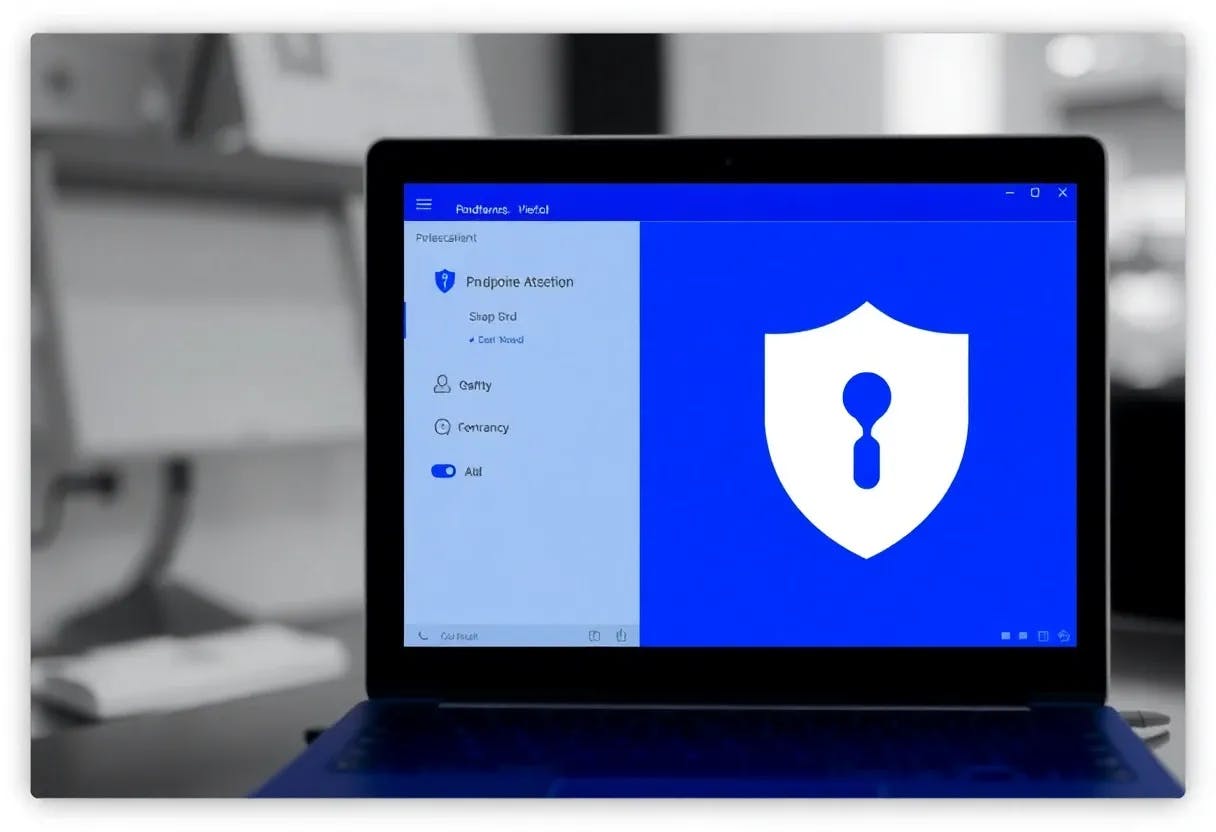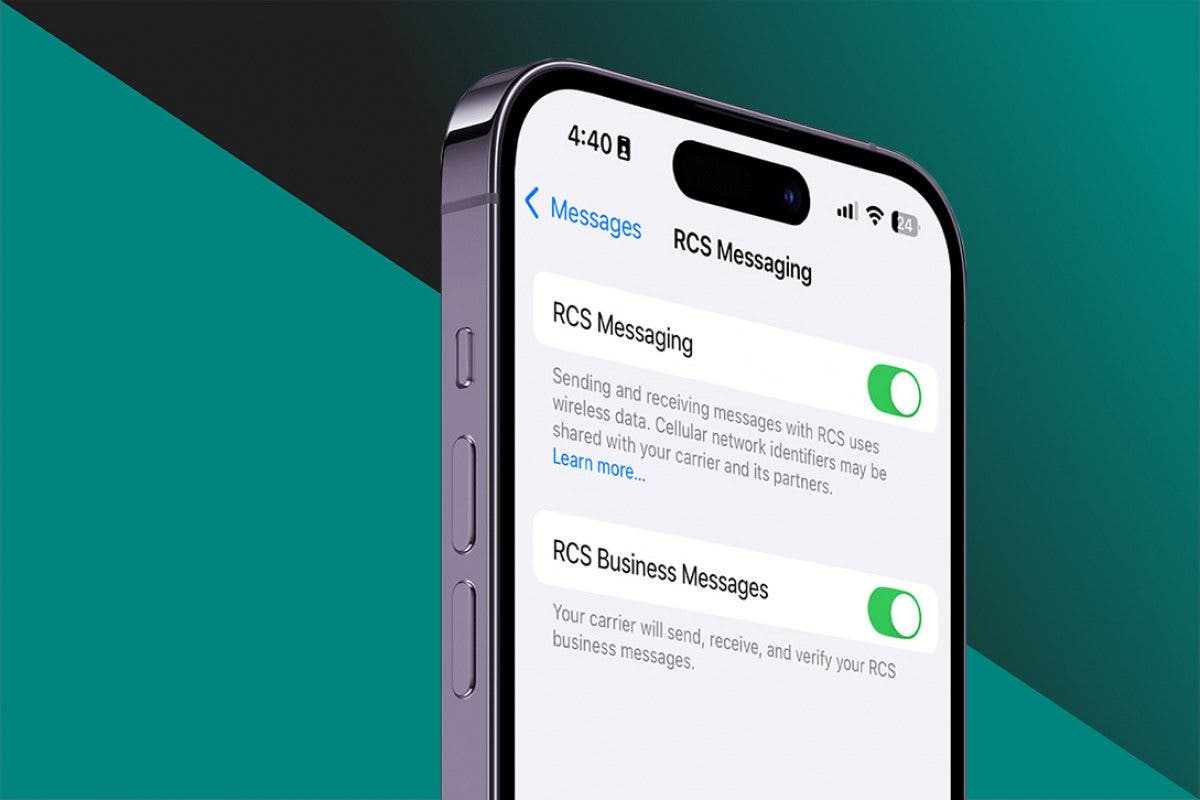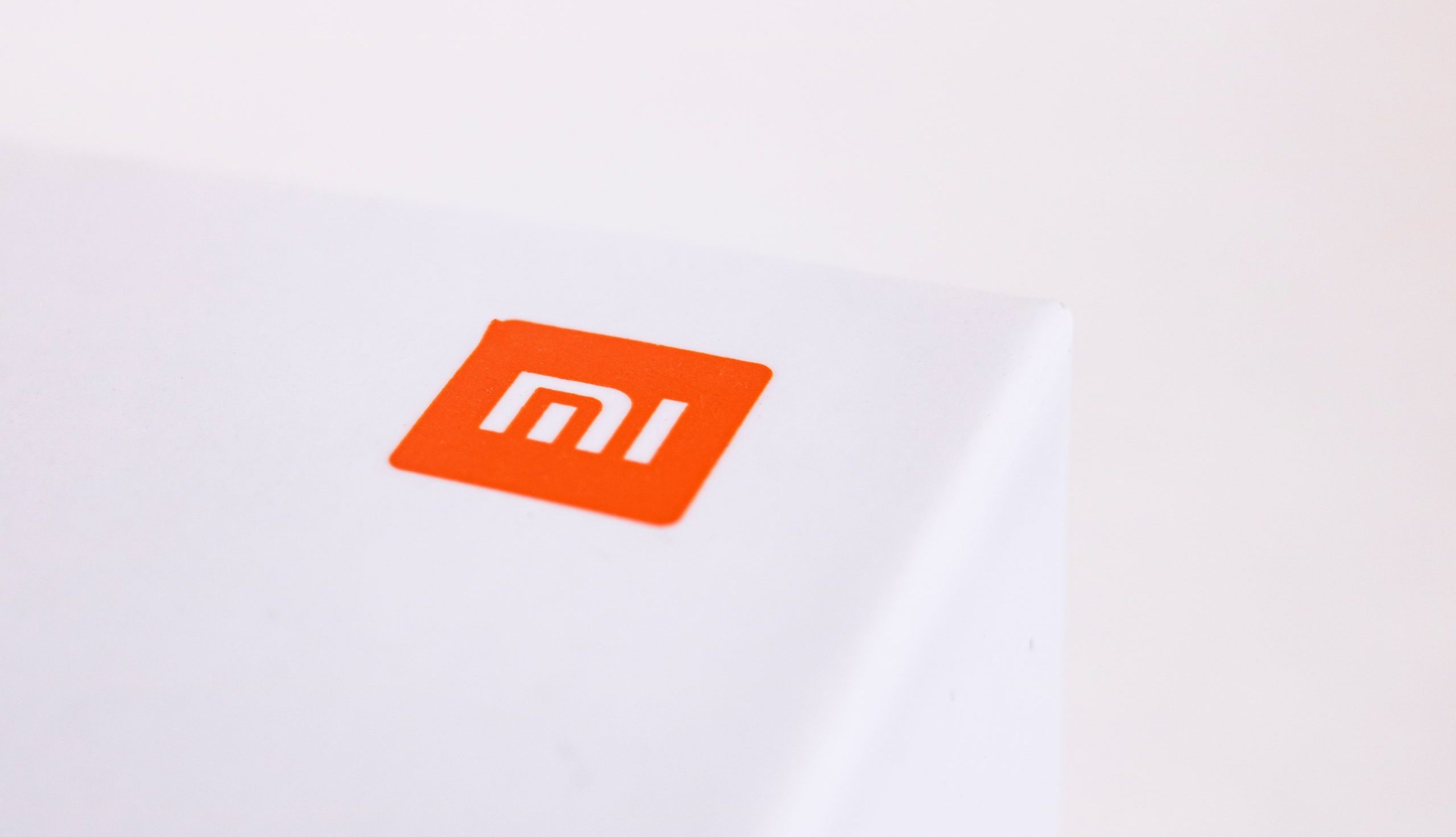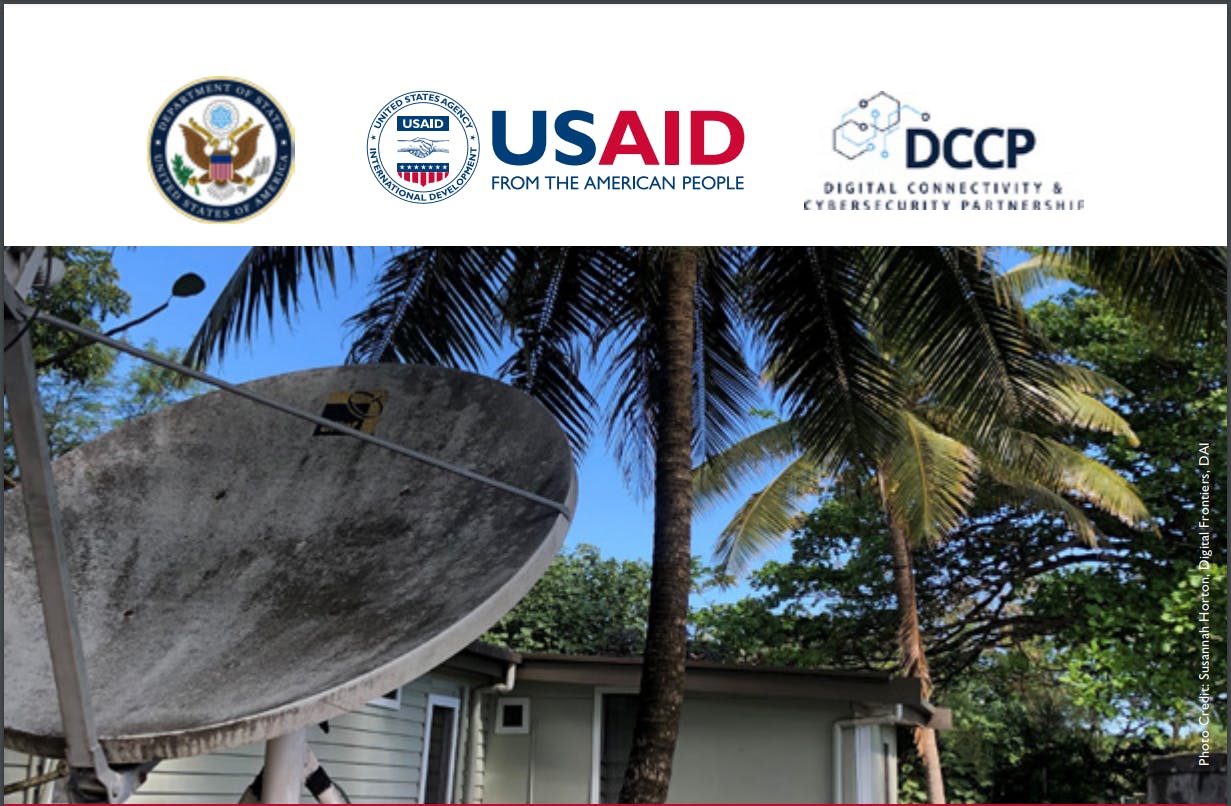Choosing the right endpoint protection solution is a strategic decision that can impact an organization’s security posture and bottom line. With cyber threats becoming increasingly sophisticated and the cost of data breaches reaching unprecedented levels, it is important that organizations select the right endpoint protection platform (EPP).
A thorough evaluation of the EPP solution is essential to ensure it meets specific security requirements, integrates seamlessly with existing infrastructure, and supports scalability. By considering factors such as technical capabilities, cost, vendor reliability, and long-term support, organizations can make informed decisions that strengthen their security defenses.
Top Vendors to Consider Based on User Experience
1. CrowdStrike Falcon
CrowdStrike Falcon provides endpoint protection and threat intelligence using a cloud-based platform for real-time detection and response. Its minimal impact on system performance and ease of deployment are key benefits along with advanced logging and reporting for compliance and forensic analysis.
Feature highlights according to user reviews:
- Highly effective real-time response rate
- Automated mitigation of ransomware threats and attacks
- Improved organizational security posture
“We participated in demos and ultimately determined that CrowdStrike’s offering, both current and future, remained the best fit.”
– Carol Kettlety, IT Network Infrastructure Manager at HENSOLDT
2. Cortex XDR by Palo Alto Networks
Cortex XDR by Palo Alto Networks is the first threat detection and response software to combine both visibility across all types of data as well as autonomous machine learning analytics. Threat detection very often requires analysts to divide their attention among many different data streams. This platform unifies a vast variety of data flows, which allows analysts to assess threats from a single location. Users can now maintain a level of visibility that other threat detection programs simply cannot offer. This level of transparency lends itself to both quick identification of problems that arise and the equally quick development of a potential solution. Palo Alto Networks offers a
Feature highlights according to user reviews:
- Highly effective real-time response rate
- Automated mitigation of ransomware threats and attacks
- Improved organizational security posture
“I have run a PoC with both CrowdStrike and Cortex XDR, and from my observation, I felt that Cortex was much better at meeting our requirements. It is also easier to use.”
– Mantu S., Project Manager at Incedo Inc.
3. Trend Vision One Endpoint Security
Trend Vision One Endpoint Security delivers comprehensive antivirus, data protection, and device management. It offers robust threat detection and is deployable on-premises or via the cloud, making it versatile for endpoint security across organizations. Visit
Feature highlights according to user reviews:
- Behavior monitoring and vulnerability assessment
- A centralized management console
- Improves efficiency and productivity
“Every year, the ministry does POCs for other software. We recently did a POC for a Microsoft solution to replace One Endpoint Security , but we are fully satisfied with One Endpoint Security . One advantage of One Endpoint Security is that it’s manageable. Once you change the policies, it updates the endpoints automatically.”
– Information Security Specialist at Ministry of Education Computer Center
4. Check Point Harmony Endpoint
Check Point Harmony Endpoint integrates security solutions, allowing comprehensive protection against cyber threats. It’s designed to suit enterprise-scale operations with robust features for threat prevention and management. A
Feature highlights according to user reviews:
- Cloud centralized management
- Comprehensive layers of security
- Easy integration with other solutions
“After analyzing and comparing other solutions, we determine that Harmony has the best value for money.”
– Daphne, Project Manager at Junta de Andalucia
5. Sophos Intercept X Endpoint
Sophos Intercept X Endpoint is a comprehensive cybersecurity solution that combines the power of artificial intelligence (AI) with Sophos’ deep expertise in cybersecurity to provide unmatched protection against sophisticated cyber threats, including ransomware, malware, exploits, and zero-day vulnerabilities. Sophos Intercept X Endpoint stands out for its innovative approach to endpoint security, leveraging advanced technologies and expert services to provide comprehensive protection. Its focus on prevention, detection, and response, combined with ease of use and scalability, makes it a preferred choice for organizations looking to strengthen their cybersecurity defenses.
Feature highlights according to user reviews:
- Easy to manage and administer
- Full managed detection and response (MDR) service
- Proactive malware, anti-virus, and malicious threat detection
“For testing purposes, we did try a variety of solutions. This product, however, was simple, the cloud was good, and the pricing was reasonable.”
– Kasun W., Assistant Manager – Network Communications and Server Management at D-Tech Sri Lanka
Do I Need an Endpoint Protection Platform?
Determining whether an Endpoint Protection Platform (EPP) is necessary for your organization begins with assessing the level of security risks and the types of endpoints in use. If your organization relies on a variety of devices—such as desktops, laptops, mobile devices, and remote workstations—that access sensitive data or critical systems, then implementing an EPP solution is essential to safeguard against threats like malware, ransomware, and phishing attacks. Additionally, industries with strict compliance requirements, such as healthcare or finance, often mandate endpoint security to meet regulatory standards. Consider the current security landscape: if your organization has experienced security breaches, or if your IT team is overwhelmed by managing endpoint security with traditional antivirus solutions, it may be time to invest in a more robust EPP solution. Ultimately, the decision should reflect your organization’s size, the nature of its digital assets, and the evolving threat landscape to ensure comprehensive protection across all endpoints.
Evaluating an EPP Solution
When selecting an EPP solution, several factors require careful evaluation. The solution should offer comprehensive endpoint detection and response (EDR) capabilities, including real-time threat monitoring, behavioral analysis, and automated response mechanisms. Integration capabilities with existing security infrastructure and support for multiple operating systems are essential considerations, as is the platform’s ability to scale with organizational growth. Look for features like centralized management, robust reporting tools, and machine learning-based threat detection to stay ahead of evolving security threats. The vendor’s reputation, support quality, and update frequency are equally important, as is the total cost of ownership including licensing, implementation, and ongoing maintenance. Consider also the solution’s impact on endpoint performance, its offline protection capabilities, and compliance with relevant industry regulations.
Best Practices for EPP Evaluation
Before beginning the evaluation process:
- Document your specific security needs
- Identify compliance requirements
- List must-have features
- Determine budget constraints
- Consider scalability requirements
Create a comprehensive evaluation framework including:
- Technical capabilities
- Ease of deployment and management
- Performance impact
- Cost considerations
- Support quality
- Integration capabilities
Essential steps for conducting a successful PoC:
- Select a representative test environment
- Define clear success criteria
- Test real-world scenarios
- Measure performance impact
- Evaluate management capabilities
Include feedback from:
- Security teams
- IT administrators
- End users
- Compliance officers
- Business unit leaders
Consider all cost factors:
- License fees
- Implementation costs
- Training expenses
- Operational overhead
- Support and maintenance
Evaluate vendor characteristics:
- Market presence and reputation
- Financial stability
- Product roadmap
- Support infrastructure
- Customer references / testimonials
Verify compatibility with:
- Existing security tools
- Management platforms
- Reporting systems
- Cloud services
- Authentication systems
Risk Mitigation
Selecting an endpoint protection solution without proper evaluation can expose your organization to significant risks in today’s complex cybersecurity landscape. These include inadequate protection against emerging threats like ransomware and zero-day exploits, performance issues affecting user productivity and system responsiveness, compatibility problems with existing systems and business-critical applications, hidden costs and unexpected expenses that can strain IT budgets, and compliance gaps in regulated industries that could result in hefty fines and reputational damage. A thorough evaluation process, involving careful testing and stakeholder input, is essential to choose a solution that effectively balances security, performance, and business requirements.
Cost Implications
When evaluating any major technology investment, organizations must look beyond the sticker price to understand the true financial commitment they’re making. While the initial purchase price is important, it represents only a fraction of the total cost of ownership (TCO). A thorough evaluation helps organizations understand several critical cost factors. First, there are the expenses associated with implementation and deployment, which often include system integration, configuration, and initial setup. Training requirements must also be considered, as ensuring that staff can effectively utilize the new technology comes with its own set of costs. Ongoing maintenance and support are also important, including regular updates, troubleshooting, and potential vendor fees to keep the system functioning smoothly. Another key factor is the resource requirements for managing and monitoring the system to ensure optimal performance. Finally, organizations must consider the impact on system performance and productivity, as the new technology could either generate additional costs or create cost savings, depending on how it affects operational efficiency.
Operational Impact
A good endpoint protection solution must strike the perfect balance between security and operational efficiency. The right solution should enhance rather than hinder operations by seamlessly integrating with your existing security infrastructure, ensuring all tools work in harmony rather than creating silos. It should maintain minimal impact on system performance, allowing users to work without frustrating slowdowns or interruptions that could impact productivity. Easy deployment and management capabilities are crucial, enabling IT teams to roll out and maintain protection across the enterprise without excessive complexity. The solution must deliver effective threat detection and response, identifying and neutralizing potential threats before they can cause damage, especially in remote work scenarios.
The process of evaluating endpoint protection solutions may seem daunting, but it’s an investment that pays dividends in terms of security effectiveness, operational efficiency, and cost optimization. By following a structured evaluation process and considering all relevant factors, organizations can make informed decisions that align with their security needs and business objectives.
The key to successful evaluation lies in balancing technical requirements with business needs, considering both immediate and long-term implications, and involving all relevant stakeholders in the decision-making process. By taking the time to properly evaluate endpoint protection solutions before purchase, organizations can avoid costly mistakes and ensure they implement a solution that provides effective protection while supporting their operational needs.









